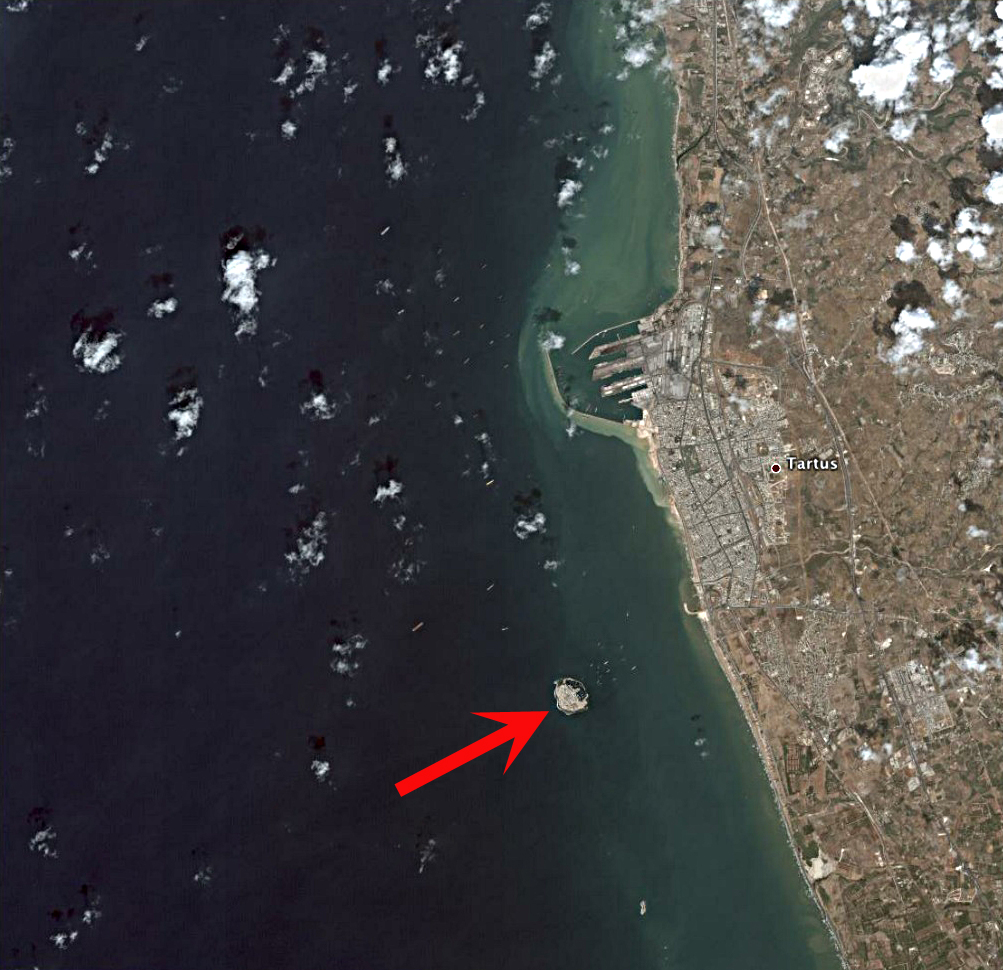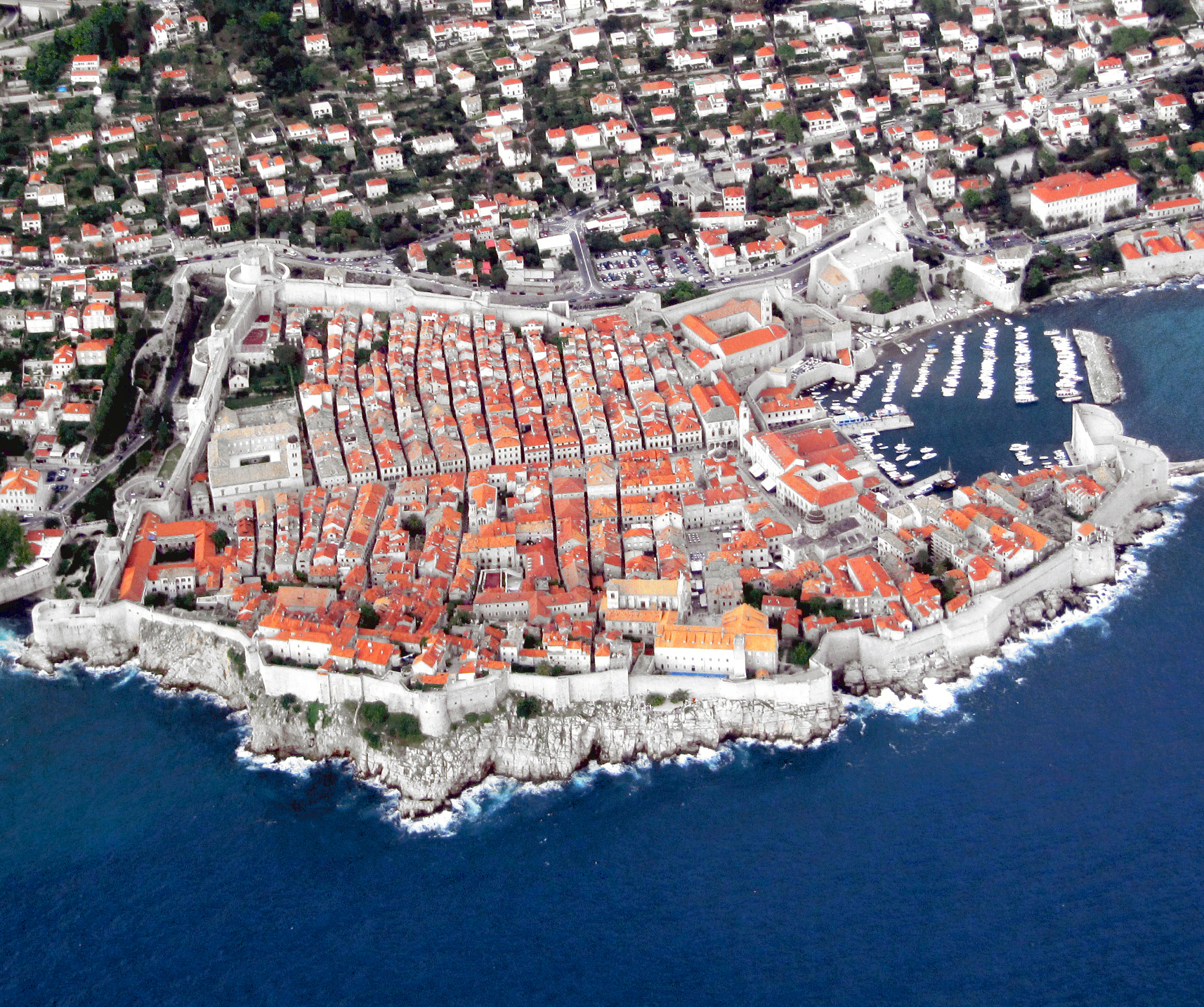|
Phoenicia Under Assyrian Rule
During the Middle Assyrian Empire (1392–1056 BC) and the Neo-Assyrian Empire (911–605 BC), Phoenicia, what is today known as Lebanon and coastal Syria, came under Assyrian rule on several occasions. Southern Canaan (in modern terms Israel, the Palestinian Territories and Jordan) was inhabited by a number of Semitic states speaking Canaanite languages, these being Israel, Judah, Ammon, Edom, Moab, the Suteans and Amalekites. In addition, the Philistines migrated into this region from the Aegean, a non-Semitic Indo-European speaking people. Northern Canaan (in modern terms Lebanon, the Mediterranean coast of Syria and the Hatay Province of Turkey) was also inhabited by Canaanite speaking peoples, who coalesced into city-states such as Tyre, Sidon, Berytus, Arvad, Simyra, Onoba and Tarshish. The term ''Phoenicia'' was applied to this region, but it is a later Greek application which was not used during the Assyrian period. To the east, in modern terms the interior of modern ... [...More Info...] [...Related Items...] OR: [Wikipedia] [Google] [Baidu] |
Middle Assyrian Empire
The Middle Assyrian Empire was the third stage of Assyrian history, covering the history of Assyria from the accession of Ashur-uballit I 1363 BC and the rise of Assyria as a territorial kingdom to the death of Ashur-dan II in 912 BC. The Middle Assyrian Empire was Assyria's first period of ascendancy as an empire. Though the empire experienced successive periods of expansion and decline, it remained the dominant power of northern Mesopotamia throughout the period. In terms of Assyrian history, the Middle Assyrian period was marked by important social, political and religious developments, including the rising prominence of both the Assyrian king and the Assyrian national deity Ashur. The Middle Assyrian Empire was founded through Assur, a city-state through most of the preceding Old Assyrian period, and the surrounding territories achieving independence from the Mitanni kingdom. Under Ashur-uballit, Assyria began to expand and assert its place as one of the great p ... [...More Info...] [...Related Items...] OR: [Wikipedia] [Google] [Baidu] |
Aegean Sea
The Aegean Sea ; tr, Ege Denizi (Greek: Αιγαίο Πέλαγος: "Egéo Pélagos", Turkish: "Ege Denizi" or "Adalar Denizi") is an elongated embayment of the Mediterranean Sea between Europe and Asia. It is located between the Balkans and Anatolia, and covers an area of some 215,000 square kilometres. In the north, the Aegean is connected to the Marmara Sea and the Black Sea by the straits of the Dardanelles and the Bosphorus. The Aegean Islands are located within the sea and some bound it on its southern periphery, including Crete and Rhodes. The sea reaches a maximum depth of 2,639m to the west of Karpathos. The Thracian Sea and the Sea of Crete are main subdivisions of the Aegean Sea. The Aegean Islands can be divided into several island groups, including the Dodecanese, the Cyclades, the Sporades, the Saronic islands and the North Aegean Islands, as well as Crete and its surrounding islands. The Dodecanese, located to the southeast, includes the islands of R ... [...More Info...] [...Related Items...] OR: [Wikipedia] [Google] [Baidu] |
Ancient Greek
Ancient Greek includes the forms of the Greek language used in ancient Greece and the ancient world from around 1500 BC to 300 BC. It is often roughly divided into the following periods: Mycenaean Greek (), Dark Ages (), the Archaic period (), and the Classical period (). Ancient Greek was the language of Homer and of fifth-century Athenian historians, playwrights, and philosophers. It has contributed many words to English vocabulary and has been a standard subject of study in educational institutions of the Western world since the Renaissance. This article primarily contains information about the Epic and Classical periods of the language. From the Hellenistic period (), Ancient Greek was followed by Koine Greek, which is regarded as a separate historical stage, although its earliest form closely resembles Attic Greek and its latest form approaches Medieval Greek. There were several regional dialects of Ancient Greek, of which Attic Greek developed into Koi ... [...More Info...] [...Related Items...] OR: [Wikipedia] [Google] [Baidu] |
Tarshish
Tarshish ( Phoenician: ''TRŠŠ'', he, תַּרְשִׁישׁ ''Taršīš'', , ''Tharseis'') occurs in the Hebrew Bible with several uncertain meanings, most frequently as a place (probably a large city or region) far across the sea from Phoenicia (modern Lebanon) and the Land of Israel. Tarshish was said to have exported vast quantities of important metals to Phoenicia and Israel. The same place-name occurs in the Akkadian inscriptions of Esarhaddon (the Assyrian king, d. 669 BC) and also on the Phoenician inscription of the Nora Stone in Sardinia; its precise location was never commonly known, and was eventually lost in antiquity. Legends grew up around it over time so that its identity has been the subject of scholarly research and commentary for more than two thousand years. Its importance stems in part from the fact that Hebrew biblical passages tend to understand Tarshish as a source of King Solomon's great wealth in metals – especially silver, but also go ... [...More Info...] [...Related Items...] OR: [Wikipedia] [Google] [Baidu] |
Onoba (Phoenicia)
Onoba may refer to: *Huelva, Spain *Honuba, Azerbaijan *Ónavas Ónavas is a small town surrounded by Onavas Municipality in the southeast of the Mexican state of Sonora. Name The name Ónavas comes from the Cahita language and means salty water. Geography Climate It was founded in 1622 as Mission San Ign ..., Mexico * ''Onoba'' (gastropod), a genus of gastropods in the family Rissoidae {{disambig, geo ... [...More Info...] [...Related Items...] OR: [Wikipedia] [Google] [Baidu] |
Simyra
Tell Kazel ( ar, تل الكزل, translit=Tall al-Kazil) is an oval-shaped tell that measures at its base, narrowing to at its top. It is located in the Safita district of the Tartus Governorate in Syria in the north of the Akkar plain on the north of the al-Abrash river approximately south of Tartus. Links to ancient Sumur The tell was first surveyed in 1956 after which a lengthy discussion was opened by Maurice Dunand and Nassib Saliby identifying the site with the ancient city variously named Sumur, Simyra or Zemar ( Egyptian ''Smr'' Akkadian ''Sumuru'' or Assyrian ''Simirra''). The ancient city is mentioned in the Bible, Book of Genesis () and 1 Chronicles () as the home of the Zemarites, an offshoot of the Caananites. It was a major trade center and appears in the Amarna letters; Ahribta is named as its ruler. It was under the guardianship of Rib-Hadda, king of Byblos, but revolted against him and joined Abdi-Ashirta's expanding kingdom of Amurru. Pro-Egyptian facti ... [...More Info...] [...Related Items...] OR: [Wikipedia] [Google] [Baidu] |
Arvad
Arwad, the classical Aradus ( ar, أرواد), is a town in Syria on an eponymous island in the Mediterranean Sea. It is the administrative center of the Arwad Subdistrict (''nahiyah''), of which it is the only locality.General Census of Population and Housing 2004 Syria Central Bureau of Statistics (CBS). Latakia Governorate. It is the only inhabited island in Syria. It is located from (the ancient Tortosa), Syria's second-largest port. Today, Arwad is mainly a fishin ... [...More Info...] [...Related Items...] OR: [Wikipedia] [Google] [Baidu] |
Berytus
) or Laodicea in Canaan (2nd century to 64 BCE) , image = St. George's Cathedral, Beirut.jpg , image_size = , alt = , caption = Roman ruins of Berytus, in front of Saint George Greek Orthodox Cathedral in modern-day Beirut , map = , map_type = Lebanon , map_alt = , map_size = 270 , coordinates = , altitude_m = , altitude_ref = , relief = , gbgridref = , map_dot_label = , location = Beirut, Lebanon , region = , type = Settlement , part_of = , length = , width = , area = , volume = , diameter = , circumference = , height = , builder = , material = , built = Roman republic (merchants from early Laodicea/Berytus recorded by 110–109 BCE) , abandoned = , epochs = Roman and Early Byzantine/late antiquity; previous port dating back to Ir ... [...More Info...] [...Related Items...] OR: [Wikipedia] [Google] [Baidu] |
Sidon
Sidon ( ; he, צִידוֹן, ''Ṣīḏōn'') known locally as Sayda or Saida ( ar, صيدا ''Ṣaydā''), is the third-largest city in Lebanon. It is located in the South Governorate, of which it is the capital, on the Mediterranean coast. Tyre to the south and Lebanese capital Beirut to the north are both about away. Sidon has a population of about 80,000 within city limits, while its metropolitan area has more than a quarter-million inhabitants. Name The Phoenician name ''Ṣīdūn'' (, ) probably meant "fishery" or "fishing town". It is mentioned in Papyrus Anastasi I as Djedouna. It appears in Biblical Hebrew as ''Ṣīḏōn'' ( he, צִידוֹן) and in Syriac as ''Ṣidon'' (). This was Hellenised as ''Sidṓn'' ( grc-gre, Σιδών), which was Latinised as '. The name appears in Classical Arabic as ''Ṣaydūn'' () and in Modern Arabic as ''Ṣaydā'' (). As a Roman colony, it was notionally refounded and given the formal name ' to honour its impe ... [...More Info...] [...Related Items...] OR: [Wikipedia] [Google] [Baidu] |
Tyre, Lebanon
Tyre (; ar, صور, translit=Ṣūr; phn, 𐤑𐤓, translit=Ṣūr, Greek ''Tyros'', Τύρος) is a city in Lebanon, one of the oldest continually inhabited cities in the world, though in medieval times for some centuries by just a tiny population. It was one of the earliest Phoenician metropolises and the legendary birthplace of Europa, her brothers Cadmus and Phoenix, as well as Carthage's founder Dido (Elissa). The city has many ancient sites, including the Tyre Hippodrome, and was added as a whole to UNESCO's list of World Heritage Sites in 1984. The historian Ernest Renan noted that "One can call Tyre a city of ruins, built out of ruins". Today Tyre is the fourth largest city in Lebanon after Beirut, Tripoli, and Sidon. It is the capital of the Tyre District in the South Governorate. There were approximately 200,000 inhabitants in the Tyre urban area in 2016, including many refugees, as the city hosts three of the twelve Palestinian refugee camps in Lebanon: ... [...More Info...] [...Related Items...] OR: [Wikipedia] [Google] [Baidu] |
City-state
A city-state is an independent sovereign city which serves as the center of political, economic, and cultural life over its contiguous territory. They have existed in many parts of the world since the dawn of history, including cities such as Rome, Athens, Sparta, Carthage, and the Italian city-states during the Middle Ages and Renaissance, such as Florence, Venice, Genoa and Milan. With the rise of nation states worldwide, only a few modern sovereign city-states exist, with some disagreement as to which qualify; Monaco, Singapore and Vatican City are most commonly accepted as such. Singapore is the clearest example, with full self-governance, its own currency, a robust military and a population of 5.5 million. Several non-sovereign cities enjoy a high degree of autonomy and are sometimes considered city-states. Hong Kong, Macau, and members of the United Arab Emirates—most notably Dubai and Abu Dhabi—are often cited as such. Historical background Ancient and medi ... [...More Info...] [...Related Items...] OR: [Wikipedia] [Google] [Baidu] |
Canaanite Language
The Canaanite languages, or Canaanite dialects, are one of the three subgroups of the Northwest Semitic languages, the others being Aramaic and Ugaritic, all originating in the Levant and Mesopotamia. They are attested in Canaanite inscriptions throughout the Levant, Mesopotamia, Anatolia and the East Mediterranean, and after the founding of Carthage by Phoenician colonists, in coastal regions of North Africa and Iberian Peninsula also. Dialects have been labelled primarily with reference to Biblical geography: Hebrew ( Israelian, Judean/Biblical, Samaritan), Phoenician/Punic, Amorite, Ammonite, Philistine, Moabite, Sutean and Edomite; the dialects were all mutually intelligible, being no more differentiated than geographical varieties of Modern English. This family of languages has the distinction of being the first historically attested group of languages to use an alphabet, derived from the Proto-Canaanite alphabet, to record their writings, as opposed to the far earlie ... [...More Info...] [...Related Items...] OR: [Wikipedia] [Google] [Baidu] |






